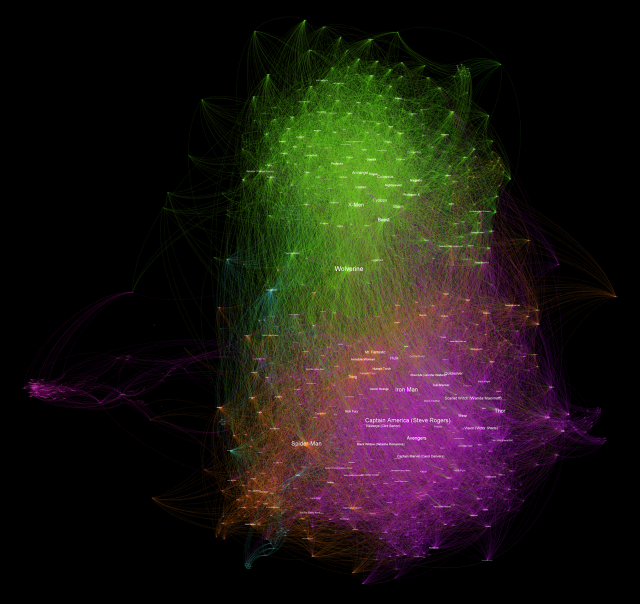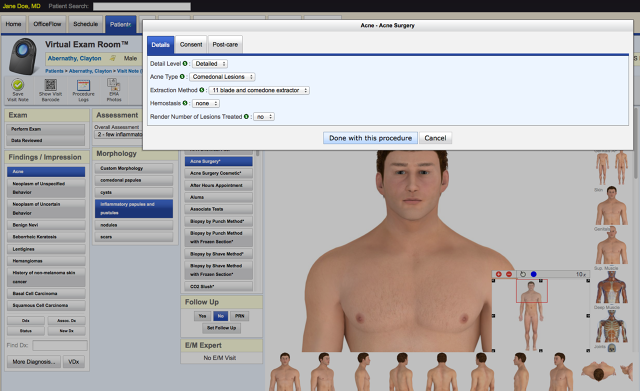The content we read and write keeps getting shorter: tweets and text messages instead of emails, 40-minute TV episodes rather than whole movies, singles instead of entire albums. In the small world of literary fiction, there's flash fiction--but can anybody write an actual book this way?
A new app called Spine thinks micro-fiction can build into something larger. The app is akin to a fitness program for writers, asking them to write often and in short bursts. Spine lets its users write and publish micro-stories of up to 500 characters--roughly the length of three-and-a-half tweets--then throw it out there to a growing online community to see how popular it gets. Other users score each story, with the best-rated stories rising to the top.
"I wanted to create something that was quick and easy," says developer Ian Cahill. "You don't feel overwhelmed in the way that you would if you have to set out and write 200 or 300 pages as you would with a novel. You literally write a few sentences and concentrate on making them the best they can be. Then you hit the 'publish' button and see what happens."
Using Data To Search For The Next Best Seller
Fifteen years ago the suggestion that 500 well-chosen characters might net you a major book deal would seem improbable--or even downright ridiculous. But the entertainment industry circa 2013 is a place where popular blogs regularly become book fodder, and comedy Twitter accounts are snatched up by studios to turn into TV shows.
In other words, the idea that the next Michael Chabon or Dean Koontz--both of whom have offered Spine's founders their feedback--could be discovered from a 500-character story might not seem so farfetched. To find out if real novels could ever be sourced this way, we talked to sources in the book publishing industry--here's what they had to say.
The Importance Of A Writer's "Platform"
"Publishers are having to become more and more aware of different sources for material," says Anne Meadows, an editor for Granta Publishing, who earlier this year was part of the team behind the Man Booker Prize-winning novel The Luminaries.
"In the 'good old days' you would just rely on agents sending in manuscripts, but the Internet has really changed the way editors find things. To give you one example, a cookery blog that I follow announced a few weeks ago that it had been given a book deal. Simon & Schuster also recently commissioned a book from the creator of the Everyday Sexism Project blog. It's not essential that you do this as a publisher--but in my view it's a massive mistake not to look further afield for exciting new voices," Meadows says.
A vital part of becoming an author these days is proving to a publisher that you have a "platform," or a group of fans already there to read your work and help promote it.
"If you can see that there is already a fan base for something that you might be able to marketize it can be extraordinarily helpful," Meadows continues. "As an editor you're alone, and it can be difficult to know how audiences are going to respond to something that you like. If something has been successful on Twitter--or potentially on Spine--you could see the figures to back up what you're thinking, and start to gauge what audience might be out there."
But are these sorts of ratings really predictive of success?
Can Ratings Really Predict Book Sales?
"My biggest concern would be about whether quality would wind up being entirely based on user ratings," says Emily Bell, a fiction editor at FSG who last year published the novel Threats by first-time writer Amelia Gray. "Fiction writing is a business of subjectivity, and for me it would be problematic if we were determining 'best' purely on a combination of ratings and popularity."
But overall Bell is far from despondent about the possibilities offered by Spine. "In some ways, it reminds me of what we're doing at FSG with our 'Digital Originals' series," she says. "The rationale there is that if you only have a short amount of time to catch someone's attention, why not offer them a single short story at a reduced price? People love things priced at 99 cents, so the idea is that they will buy a short story that they might then be able to read on their phone on the subway. That could then serve as a teaser for buying a longer novel."
A similar thing, she feels, could well happen with Spine. In the same way that Pulitzer Prize-winning writer Jennifer Egan last year serialized one of her short stories using Twitter, so too could Spine lure in readers by featuring either a synopsis or an excerpt of a longer novel to hook readers in.
But what about the idea that Spine's 500-character stories could become a genre in itself, a bit like the modern haiku? A number of commentators--most notably Nicholas Carr in his book The Shallows: What the Internet is Doing to Our Brains--have argued that the web is "changing the way we think" by diminishing our ability to read deeply and absorb content. In such an environment, might it prove possible that Spine stories could find an audience receptive to self-contained stories designed to be read in under a minute? In an age of structured information, Ian Cahill certainly sees potential for the app's rigid format to find success.
"I would love for Spine to become, on some level, what Twitter is for messages, where it makes sense for people to go there and create an original piece of work," Cahill says. "There's a real skill to that. We see a lot of this on the web already. Increasingly comedians will crack a joke on Twitter that has to conform to the 140-character limit. It would be amazing to see people become professional 'Spiners'--or just for the idea to take off as a form in itself."
Anne Meadows agrees that attention spans are getting shorter, although she stresses her belief that there will always be an audience for longer-form stories. However, in the age of the long tail, the joy is that we don't have to choose: Both mediums can flourish.
"You can be writing short, brilliant stories--or 900-page, brilliant ones, and there seems to be an appetite for them both," she says. "I think it's wonderful."















